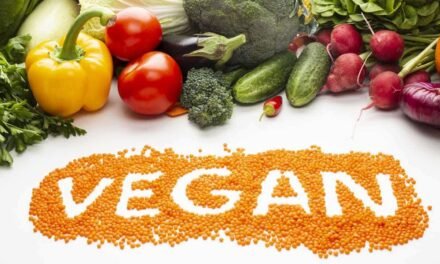This budget is likely provide consumption boost across the board and will also support revenue receipts. Tax collection is also likely to grow by 14%. In the coming days, this will ensure better tax revenue collection and will also improve the base for the taxable income, concludes, Vijay Sardana.
The interim budget is dominated by provisions for the rural farm sector and the working-class population, it means a major boost to a consumption economy. If everything goes as per plan, the Indian economy will get additional Rs. 310crores cashflow every day due to budget provisions only in consumer goods, agri-inputs, and services industries.
This budget will support the consumption boost sector by increasing the disposable income in the hands of the middle and lower-middle-class because of the income support schemes, interest subvention, and tax exemptions and this should domestic economic output, capacity utilization of factories and employment generation.
The increased cash in the system because of the government income augmenting measures could have an inflationary impact which may boost farmers income which could, however, be restricted to specific commodities based on the consumer spending and capacity utilization rates of various industries. This inflationary pressure can be address by structural reforms in agriculture marketing laws by providing direct participation of farmer groups in retail markets.
The government is foregoing nearly Rs. 1.13 lakh crore from revenue due to income tax rebate for the individuals with income up to Rs. 5 lakhs (Rs. 18,500 crs), allocation towards PM-Kisan (Rs. 75,000 crs), standard deduction increases by Rs. 10,000 crs (Rs. 4,700 cr) and increased allocation towards MGNREGA (Rs. 5,000 crs) will act as a booster to the rural economy and increase consumption by the lower middle class. This will boost small and medium enterprises and demand for unskilled and semi-skilled workforce. If state governments also undertake policy reforms, this investment will also support private investment.
The total expenditure of the government is budgeted to increase by 13% to Rs. 27.8 lakh crores in 2019-20. Of this, capital expenditure accounts for a 12% share. It means 3.34 lakh crores will be invested for infrastructure and major industries related activities. There will be additional expenditure by state governments and private investors.

This budget is likely to push consumption across the board and will also support revenue receipts. Tax collection is likely to grow by 14% to Rs.19.8 lakh crores in 2019-20, driven by the growth in tax receipts viz.GST (18%), corporation tax (13%) and income tax (17%).
The tax-free slab of Rs. 5 lakh crores will also see boost the income tax returns filing and the amount in average returns will also see the quantum increase.
In coming days, this will ensure better tax revenue collection and will also improve the base for the taxable income.
Overall this budget will be a boost to the economy and few sectors like FMCG, two-wheelers, education, healthcare, travel and hospitality, financial services and agriculture inputs will get support from this budget.
The major weakness and concern in the budget, there is no attempt to support farmers direct participation in the market. To give a major boost to farmers income, all political parties must ensure farmers direct participation in Agricultural Produce Market Committee (APMC) mandis by allocating 50% of shops to farmer organisations and farmer associations.
If the government removes outdated laws restricting free movements of goods like APMC, this will boost rural employment and private investment in the rural economy. Even if a constitutional amendment is required political class should do it like a case of GST and Reservation policy for the upper class.
This will test the true intention of the political class and their inner desire to support farmers and the rural economy. Will political class walk the talk, when it comes to farmers welfare or will surrender to the lobby of middlemen in APMC mandies, only time will tell.















